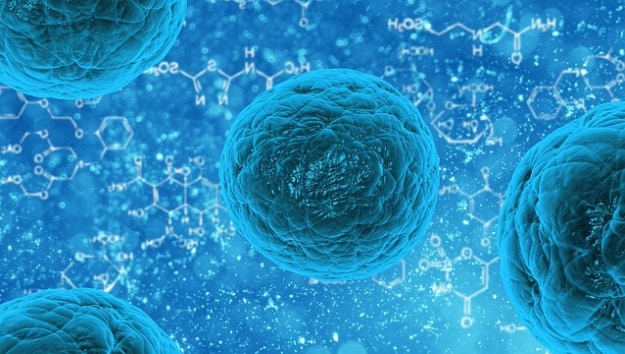Tricks and Tips to Maximise Protein Expression in Mammalian Cells
Our earlier BLOG outlined the benefits of using mammalian cells as an expression host, and here at Peak Proteins we routinely use the transient mammalian HEK293-6E suspension cell system licensed from the National Research Council of Canada. The use of the stably integrated Epstein-Barr virus (EBV) nuclear antigen (EBNA-1) along with plasmids containing the EBV oriP sequence lead to enhanced replication and retention of the plasmid and ultimately higher expression levels over a prolonged period of time. High expression levels of proteins such as antibodies, Fc fusions and cytokines can give the impression expression in mammalian cells is fairly straightforward. Of course, no expression system works perfectly and no matter how well optimised your transient expression system is, some proteins remain difficult to express and can commonly give expression levels as low as <100ug/L. Attempting to resolve this problem can be costly, time consuming and very frustrating. So, what causes low expression and how can you improve it?
The production of recombinant proteins in mammalian cells can potentially be affected by limiting steps along the protein expression pathway e.g. efficiency of gene transcription, translation and post-translational processing (Hussain et. al., 2014). Therefore, approaches which address these ‘bottlenecks’, such as slowing down the process of transcription /translation so gene expression matches the secretory capacity of the host cell, can be beneficial.
A commonly used method is to reduce the gene copy number for your recombinant protein. The gene of interest is titrated down and carrier DNA added to the mixture to maintain the total amount of DNA being transfected at a constant level. It is important to note that the choice of carrier DNA may be a significant factor. Estes et. al., 2014, show that when trying to improve the quality of secreted proteins prone to aggregation in HEK293 cells, using an empty version of the transfection vector as carrier DNA gave better results than sheared genomic DNA or a different vector with a similar supercoiled plasmid form but lacking eukaryotic regulatory elements. Their hypothesis is that vector elements in the carrier DNA are essentially acting as a decoy for transcription factors or other regulatory elements and thereby decreasing the rate of transcription for the gene of interest. This not only decreased levels of aggregated protein produced but lead to better signal peptide cleavage and more homogeneous N-linked glycosylation profiles.
The use of mildly hypothermic expression conditions has also been widely reported to have a positive effect on recombinant protein production and is a simple method to implement. However, the beneficial effect of low culture temperature on expression appears to be cell-type-specific and time dependent so appropriate optimisation is required.
Another method is the use of histone deacetylase inhibitors (HDACi) such as valproate (VPA) and sodium butyrate. In vivo and in vitro studies have demonstrated that transcription from extra genomic DNA decreases as a result of histone deacetylation and this contributes significantly to low recombinant protein yields for transient gene expression (Backliwal et. al., 2008). Addition of HDACi to cultures can supress this negative epigenetic effect and enhance expression, but cells do also respond with reduced growth rate and finally a decline of viability so careful adjustment of both the concentration and the timing of HDACi supplementation is required.
The addition of certain additives such as protein hydrolysates, ferric citrate, putrescine and trace elements can also improve recombinant protein yield (You et. al., 2013). In addition to this, combining additives which enhance protein production has been shown to have a complementary effect and further improve expression. Protein hydrolysates severely interfere with the process of cationic polymer-mediated transient transfection, so they should be added at a later timepoint, after transfection. As with the other approaches, it is important to identify the optimal timepoint, concentration and combinations for adding additives.
Last but by no means least, combining the different methods for improving protein production can have a synergistic effect and lead to greater enhancement of transient expression. The use of a design of experiment (DofE) approach, can often be really helpful in defining the optimal conditions for maximum protein yield when several parameters need to be taken into account. In Abbott et. al., 2015 transfection reagent:DNA ratio, cell density and temperature were investigated in CHO cells but this method could equally be applied to other mammalian cell systems.
Have a look at our protein expression and protein purification service page to find out more about how we can help with your protein expression projects


